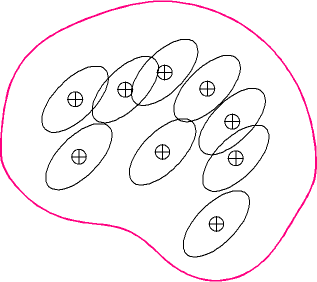This from their website, and many more similarly strange blurbs lurk there too:
VINTAGE NEWS – OPEN BACK FIVE-STRING BANJOS
THE FEAGLE – OLD TIMEY ICON – FISHIE FROM THE PAST
A visitor to our Website (www.mandoweb.com) writes: “What is that critter engraved on the headstock of some A. C. Fairbanks and Vega banjos — the guy with an eagle’s head and the body of a snailfish? I thought it was a griffon (or gryphon) but the dictionary says that’s an eagle-lion crossbreed. – Bob Stepno, University of North Carolina. Bob wondered if this should be called a “Seagle” instead, for sea creature & eagle, but felt it sounded too much like “seagull”. We replied: It’s a “feagle” for fishie-eagle. We know this because we have obtained a bit of Albert Conant Fairbanks’ DNA (from when he had scraped himself on a bracket nut) and cloned him and have already set him up (a crude system but he remains upright and it works) in an old frame factory building in Boston, staffed with people who come to work every day in Victorian clothing. We tell him “The fire never happened. You still own the company.” Clones’ll believe anything. In his day feagles were prevalent. There were millions of ’em. They could swim and/or fly. They could eat plankton or small woodland animals. Unfortunately, in those days feagles were themselves eaten by banjo players and driven extinct. They tasted like soft-shell crab (this was in the days before soft-shell crab was eaten, because tartar sauce hadn’t been invented yet). Anybody with more information on feagles is welcome to send in (or email) what they know. For instance, we know that feagles wore tiny plaid sports jackets yet A. C. Fairbanks chose to depict them naked. What was he thinking?
